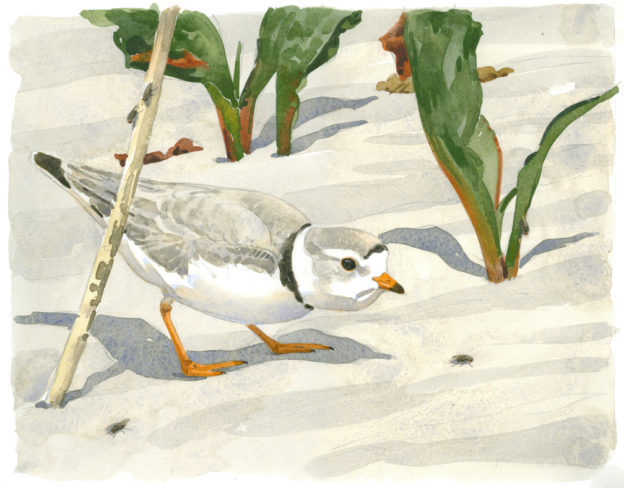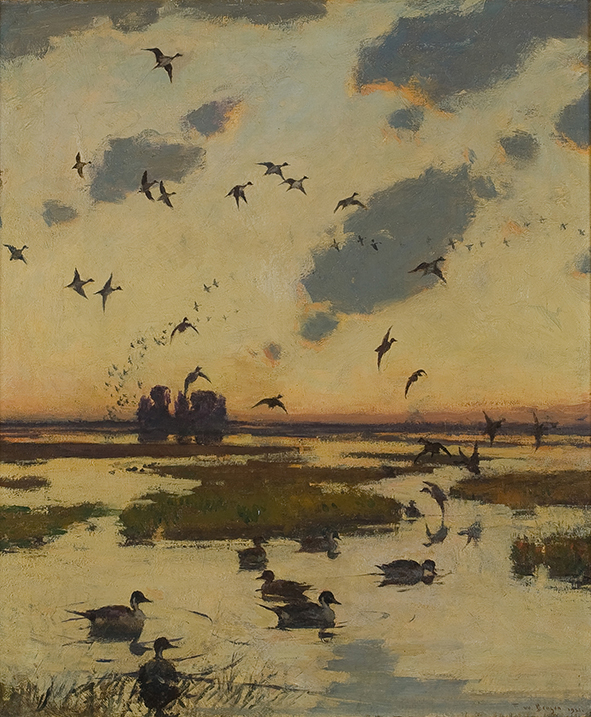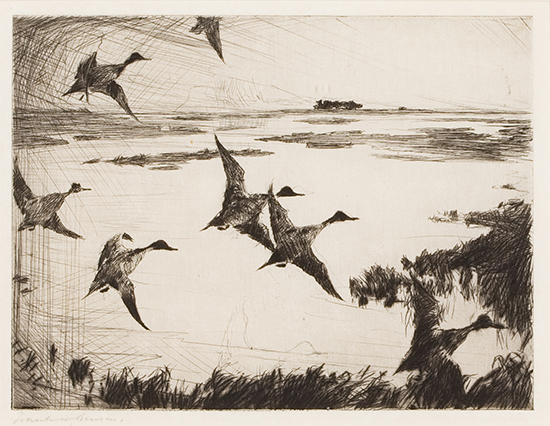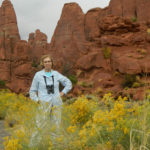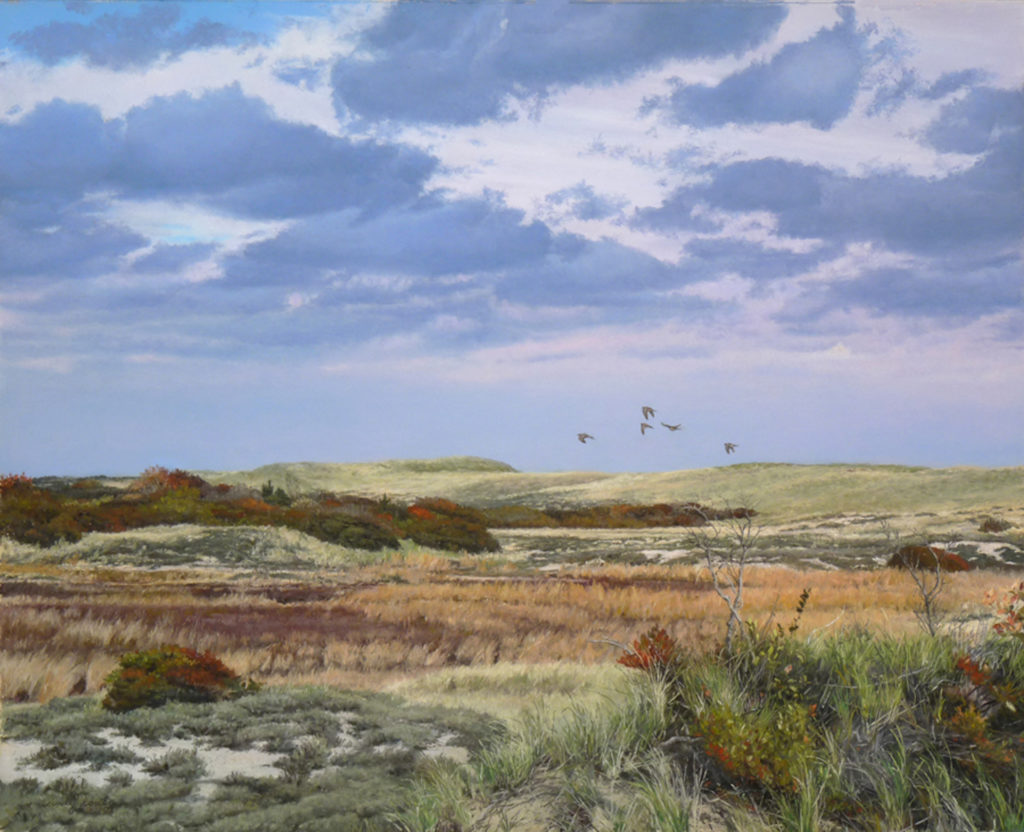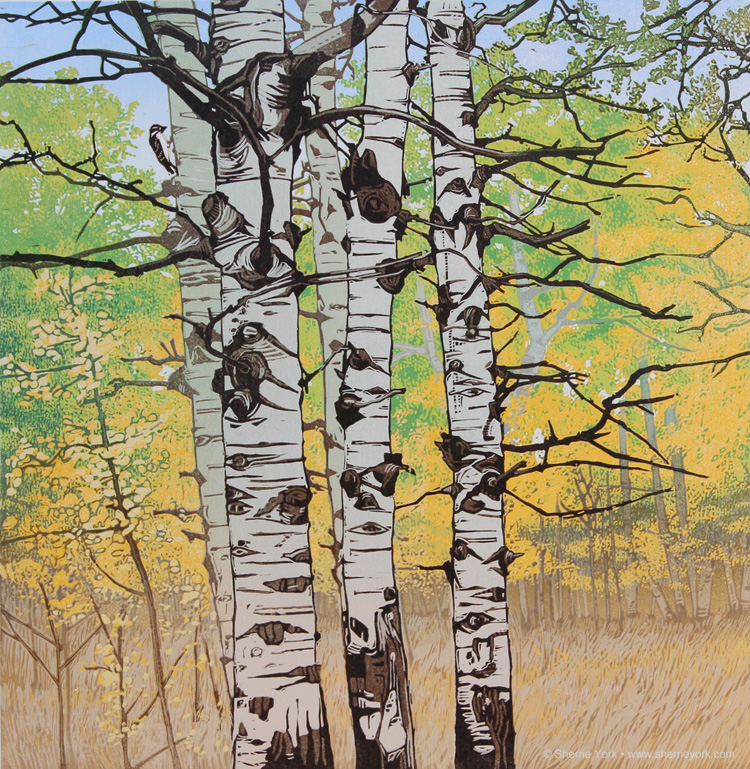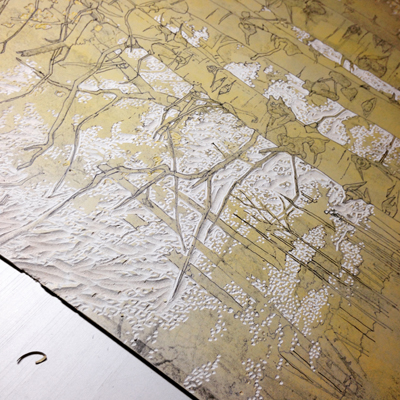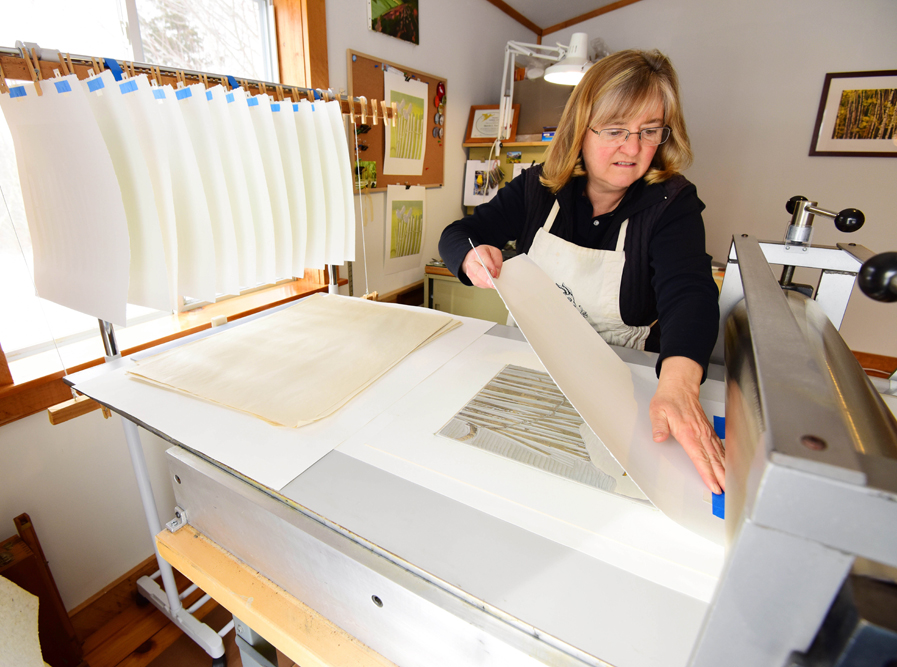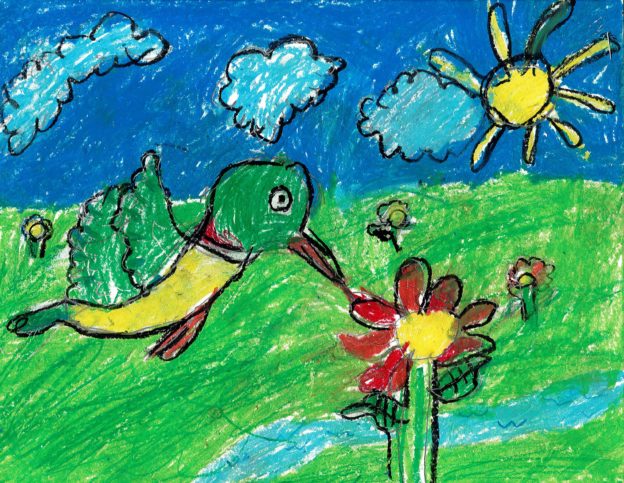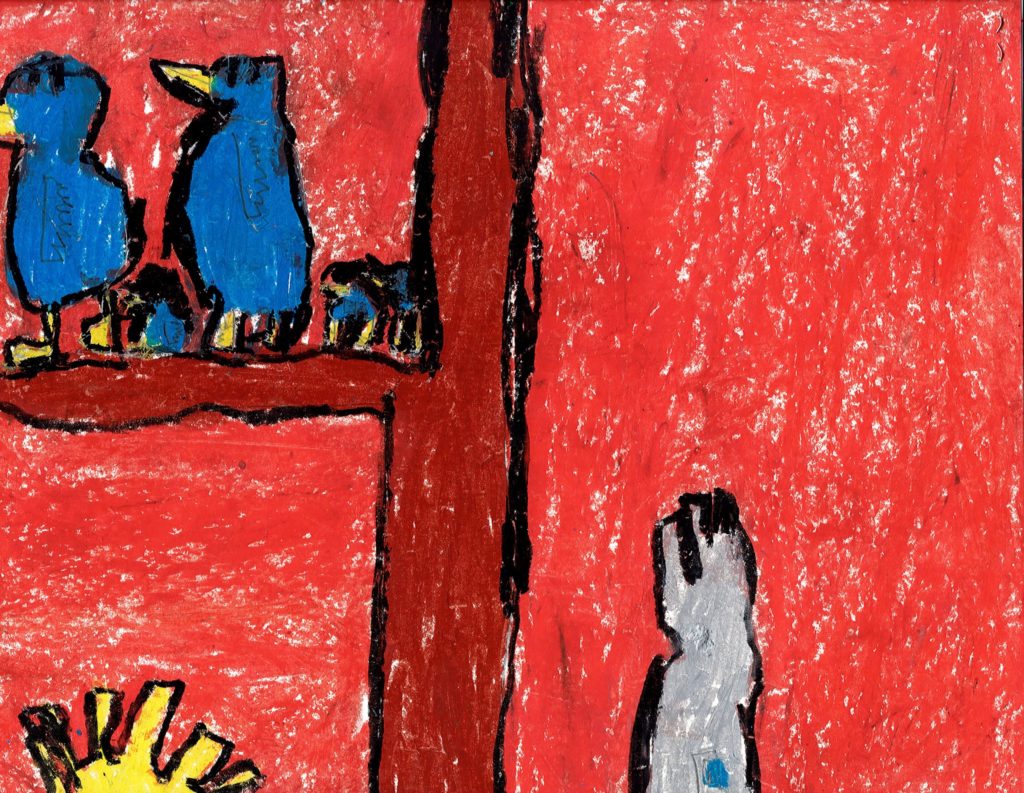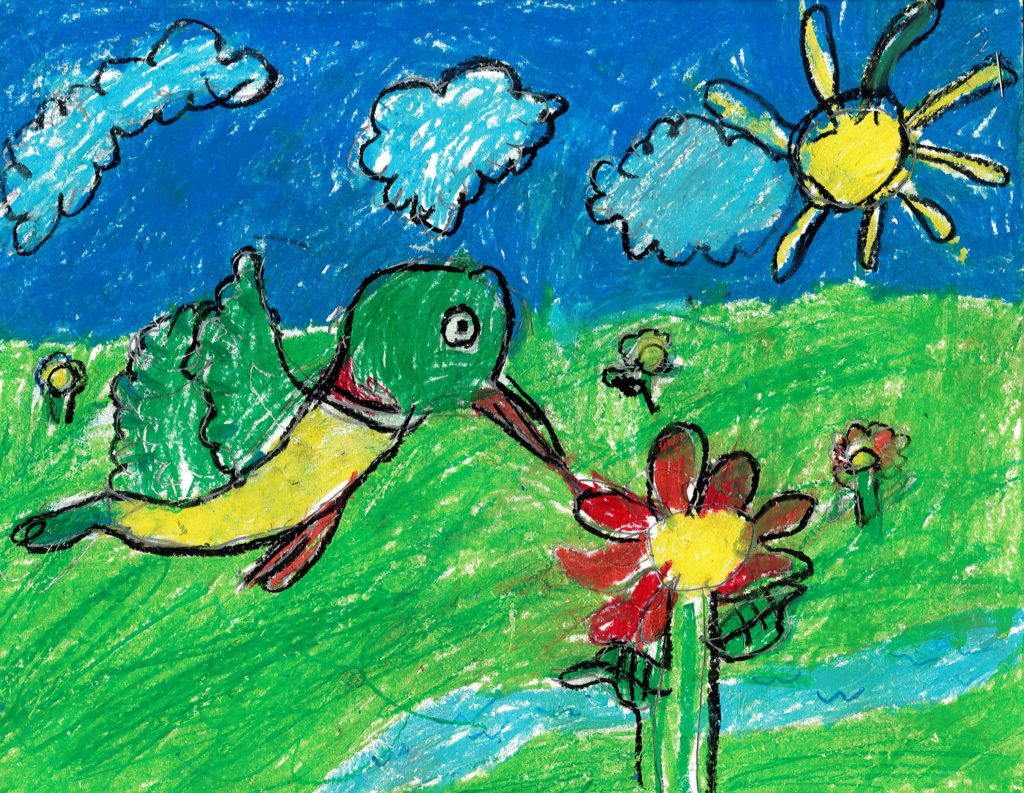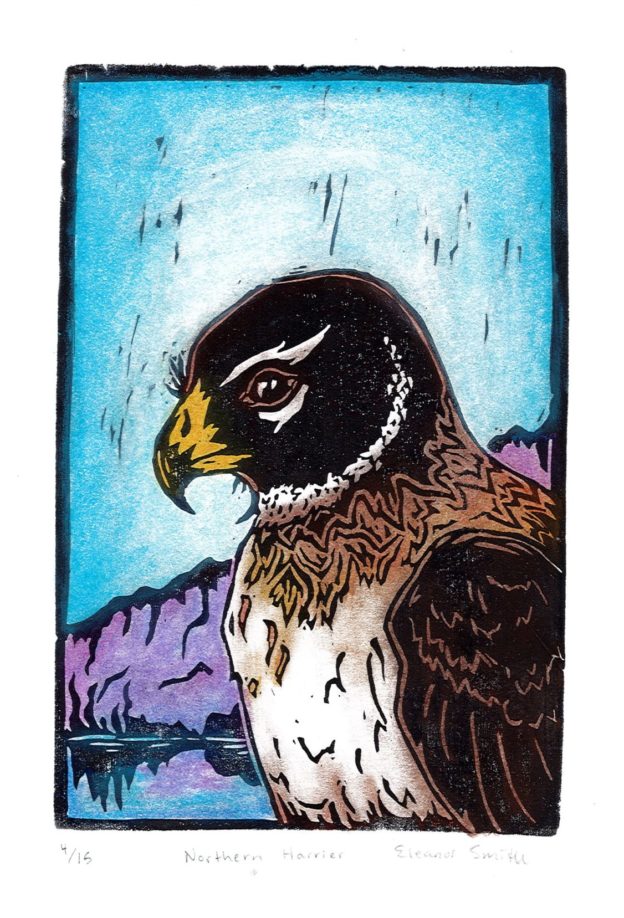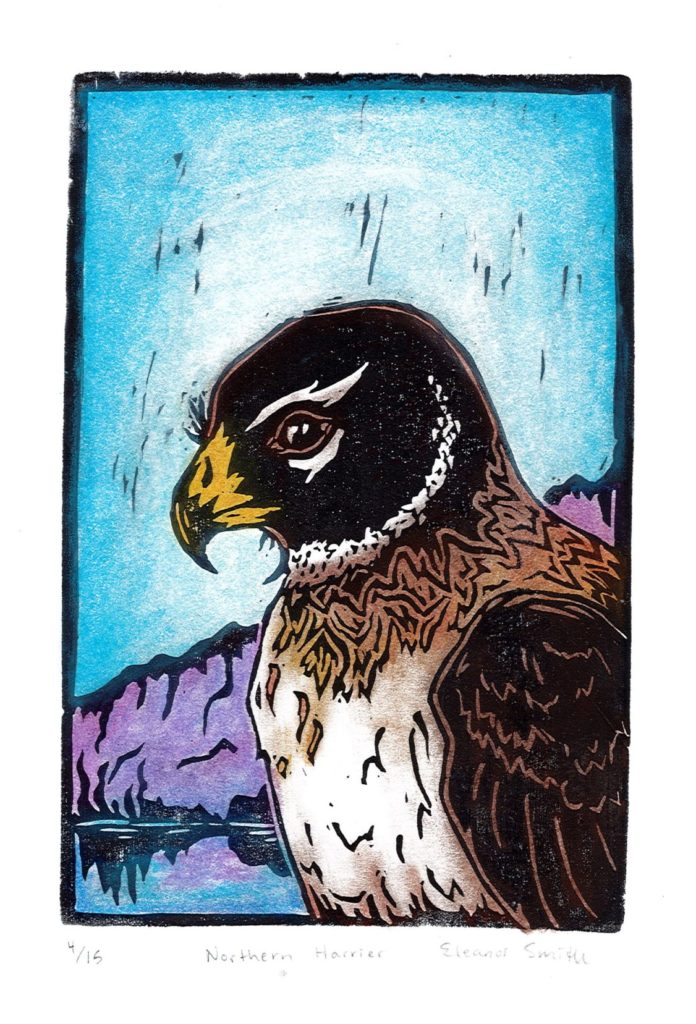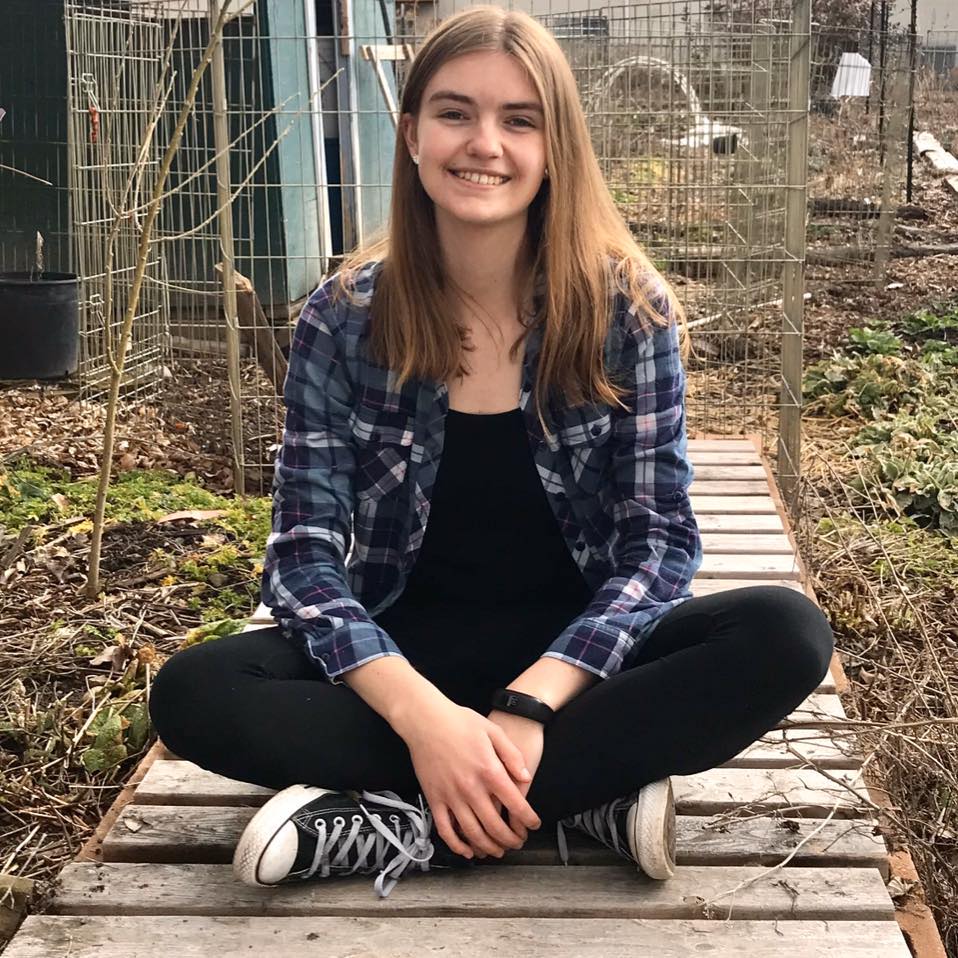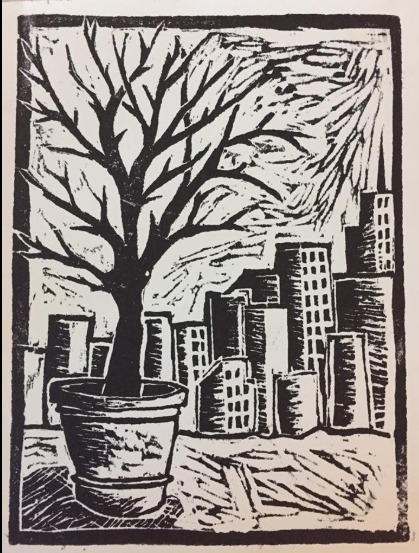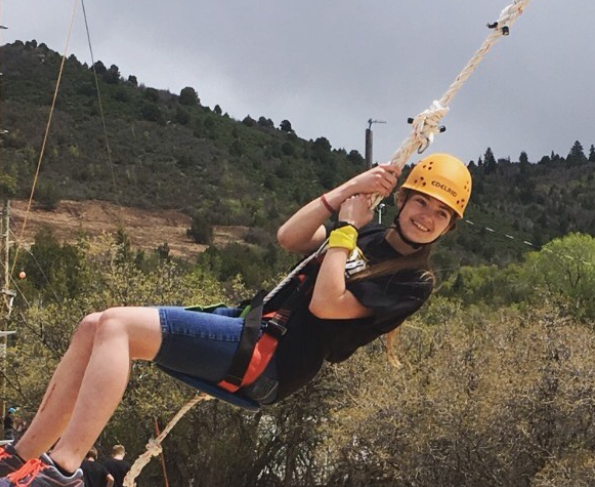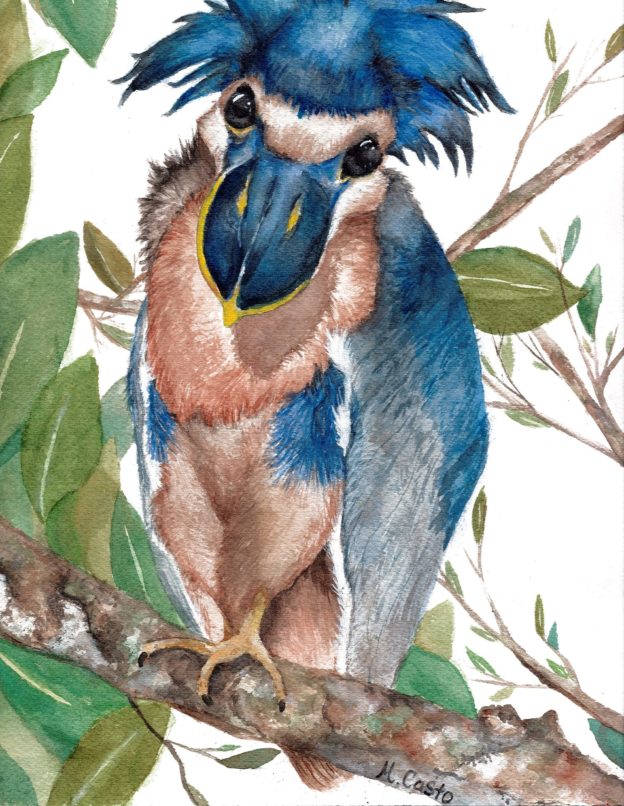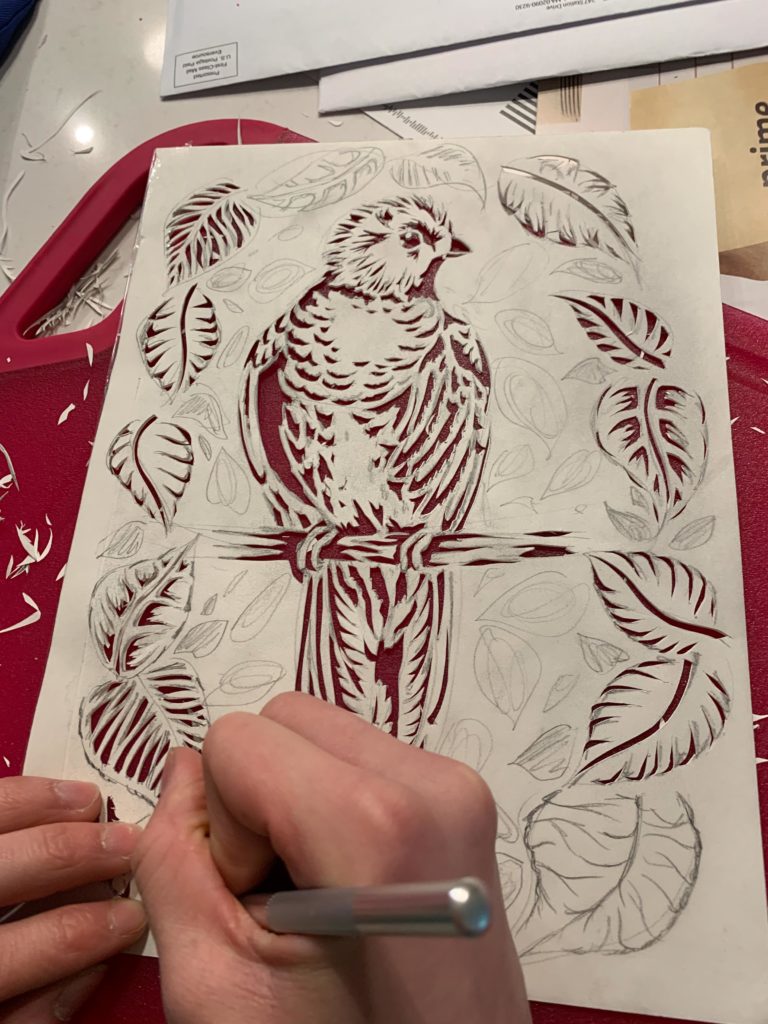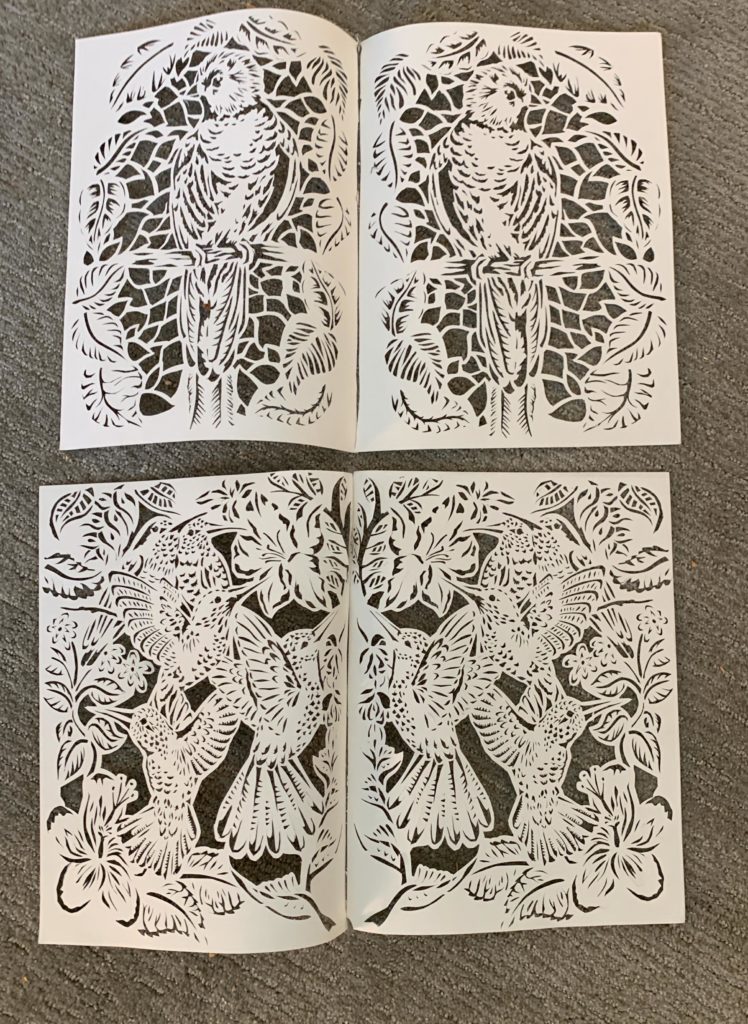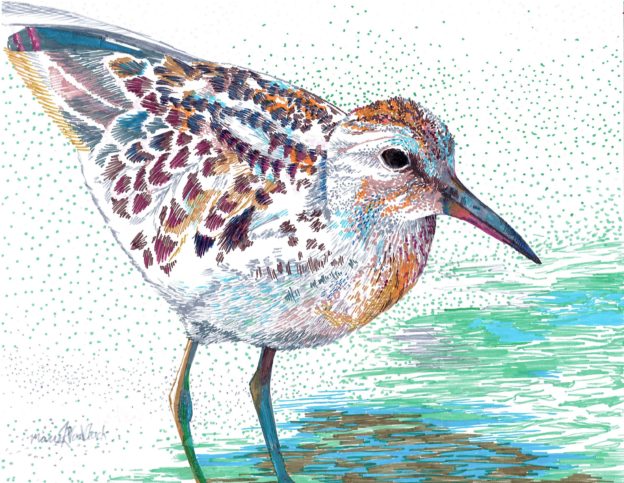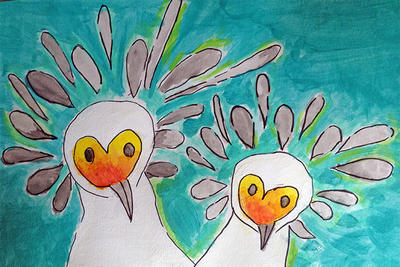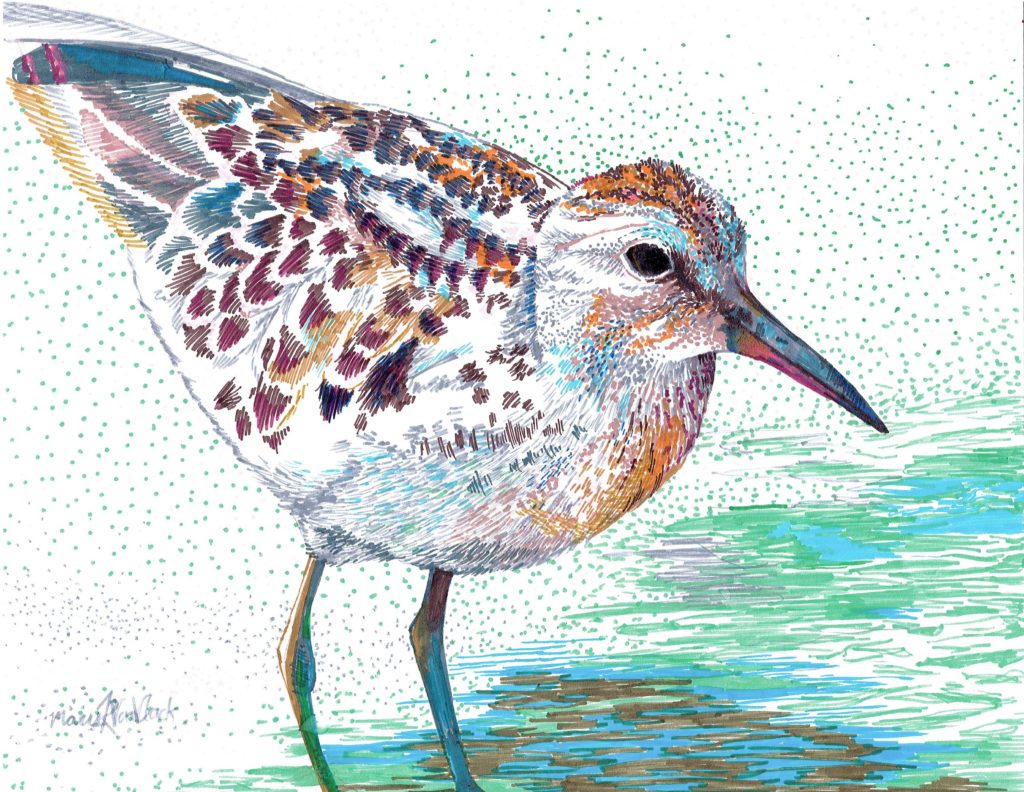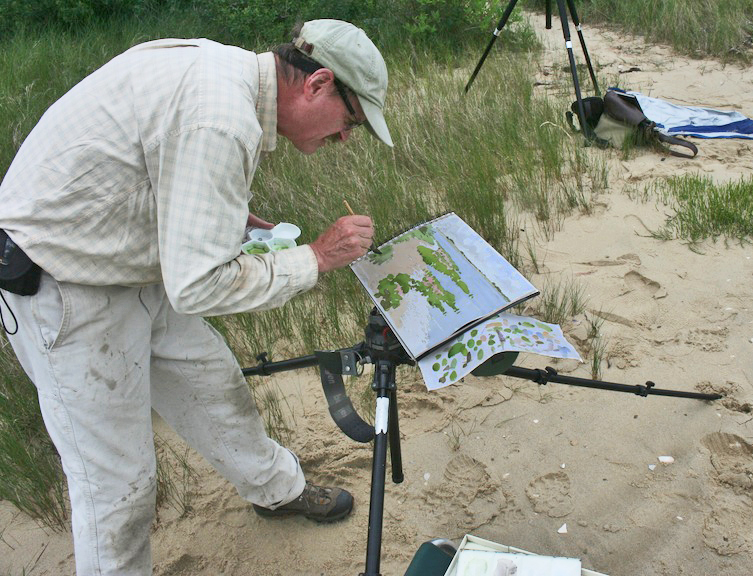MOOD is an elusive quality in a painting, and I never know if I’ve expressed a strong mood until after a piece is finished. Even then, I’m not always sure just how I did it! One thing I love about watercolor is the wide range of effects and moods that can be achieved. Watercolors can be soft and ethereal or bold and crisp. I urge my workshop students to think about their intentions before lifting a brush – consider what you love about the subject, how it makes you feel, and what you want to express about it.
One way to refine your intentions is to consider the key that will best suit what you wish to convey about the subject. Key is a term artists use to describe the predominant value scheme of a painting, i.e. the overall lightness or darkness. You may decide on deep, jewel-like tones that will add a sense of mystery, or, you may prefer to use a predominance of light tones that will supply a bright, airy feeling. The mood I get on a sun-drenched beach at noon is very different from how I feel in a shadowy hemlock grove at dusk.
A high-key painting is one that has a predominance of light values, with a lesser amount of darks. A low-key painting may have some lights, but will feature mostly dark values. Note that each type of painting can have a full range of light and dark tones, but the proportions are what matter.
Let me show you some paintings that explore this aspect of painting. These are all watercolors from my new book FINDING SANCTUARY.
Piping Plover and Shore Flies
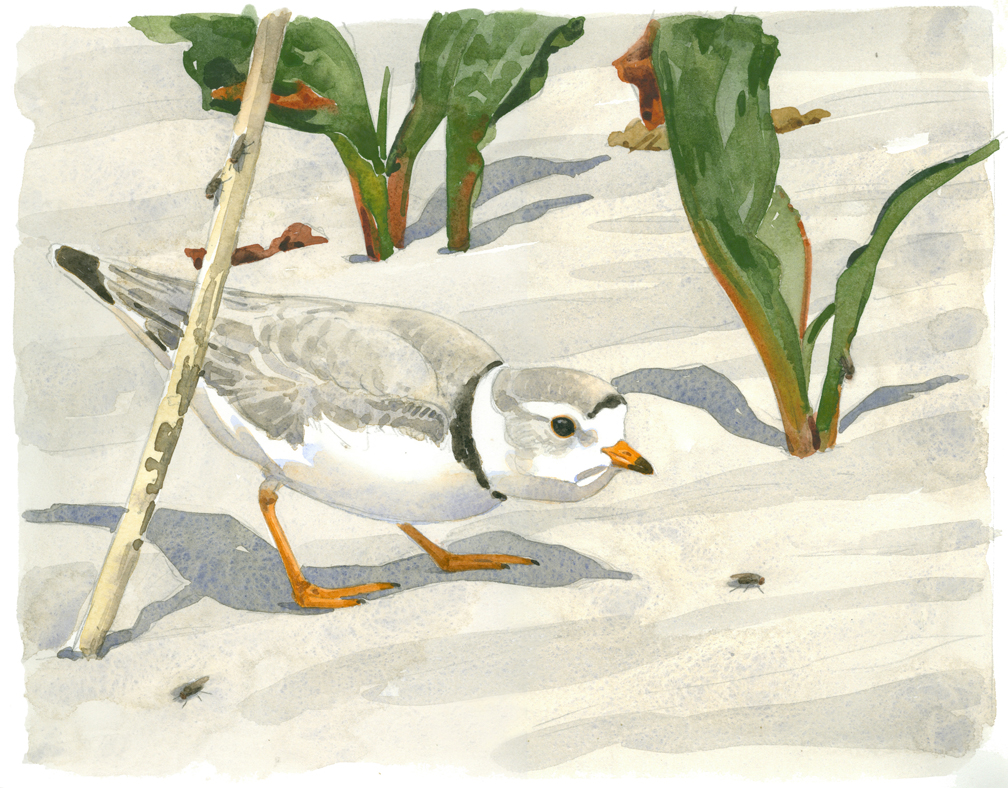
Sub-adult Iceland Gull
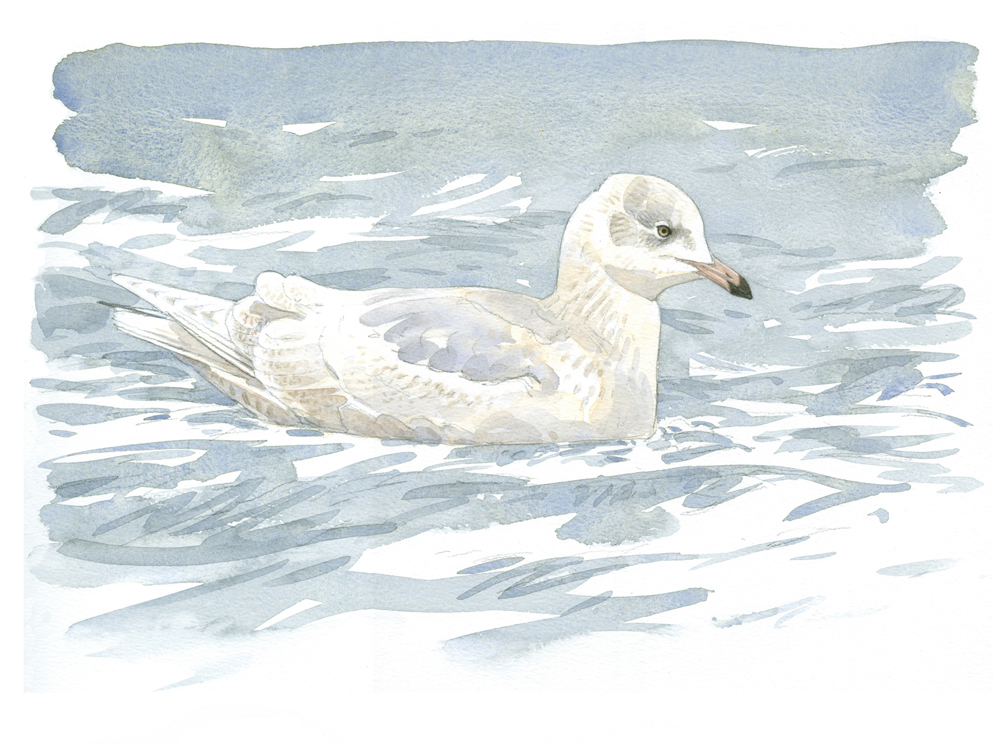
These are both high-key paintings and they are both coastal subjects. There’s usually lots of light at the seashore, and if the surroundings are light colored (e.g. beach sand), the overall effect can be very bright. In the plover painting notice that the seaside goldenrod leaves are quite dark. By supplying contrast, they enhance the overall well-lit effect. In the Iceland Gull painting, the dark notes are minimal – confined to the bird’s eye and the tip of its bill.
Here are some low-key examples from the book:
Rutland Brook

Rutland Brook – now I’m in that hemlock forest I mentioned earlier. It’s cool and dark and shadowy, and the only light notes are highlights in the running water. Dark tones are more challenging to handle in watercolor than light tones. Watercolor passages always dry considerably lighter than when they are wet, so the artist must compensate and paint boldly with a brush carrying lots of pigment.
Barn Swallow on Nest
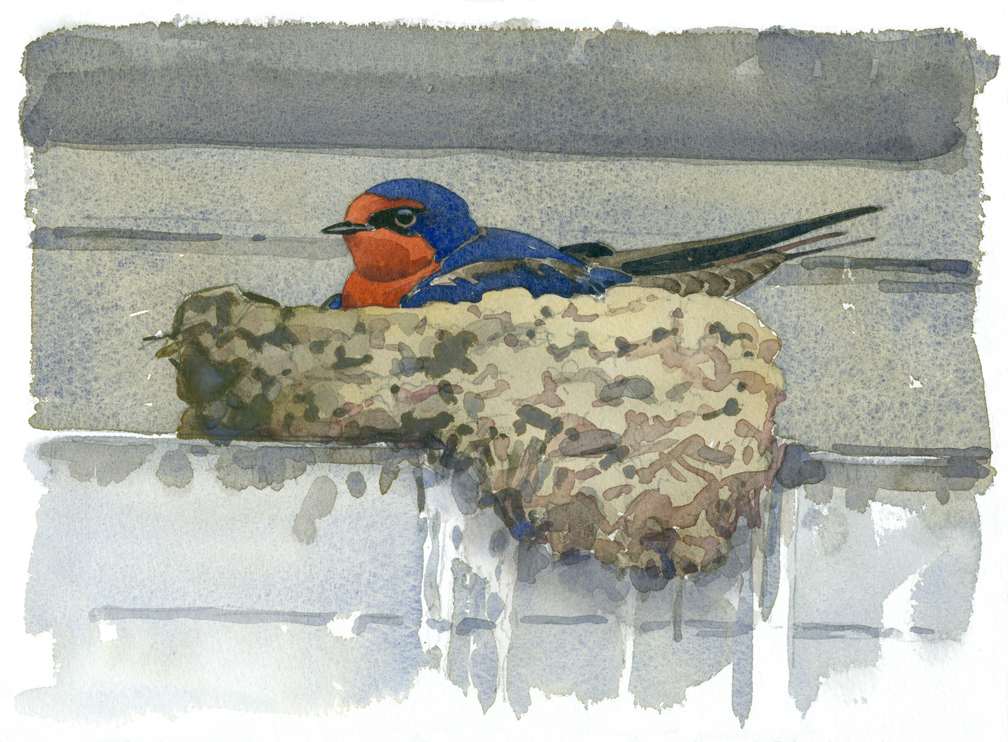
Barn Swallow on Nest – these birds always nest in shadowy places: on interior barn rafters or under overhangs. The brightest notes here are the areas of whitewash below the bird’s nest. The majority of tones are dark to convey the shadowy environs of the nest.
Contrast can play a related role in creating mood. Foggy, humid or snowy conditions reduce the contrast in a scene, while dry, clear days accentuate contrasts and call for crisp, clearly defined shapes. You can choose to enhance contrasts in your painting or suppress them.
Summer on the Concord River

Summer on the Concord River – this was a warm, humid day in summer, and the moisture-laden air over the river suppressed contrasts and supplied an inviting softness.
The Horse Barn in a Spring Snowsquall
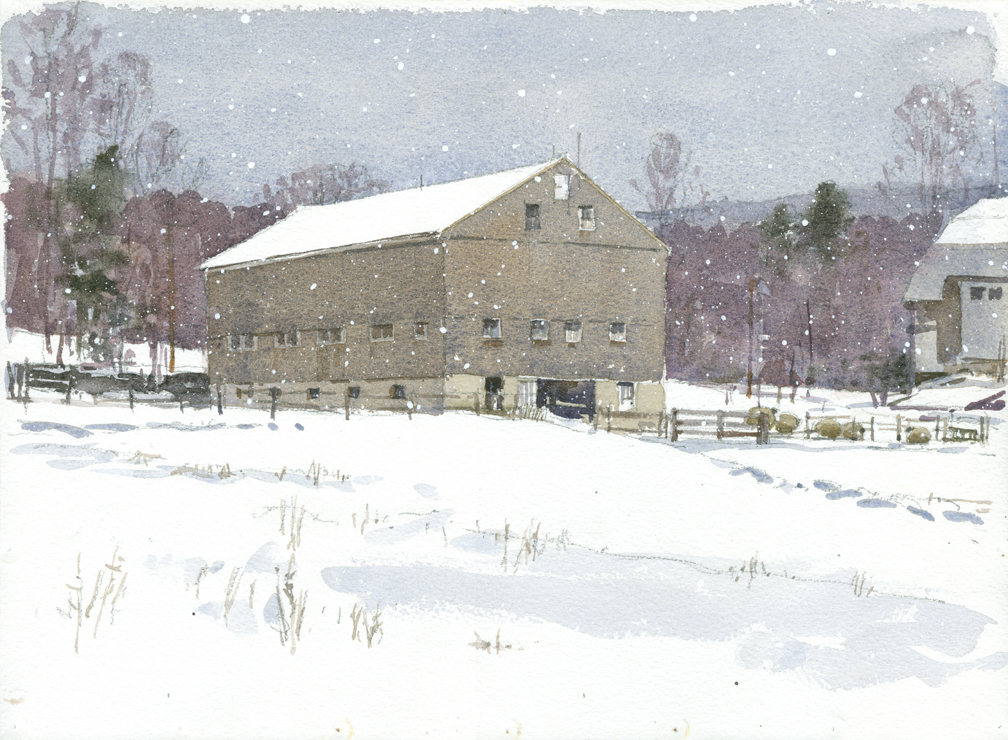
The Horse Barn in a Spring Snowsquall – likewise, the moist, dense air on this snowy day created soft edges and close tonalities.
Rough Meadows
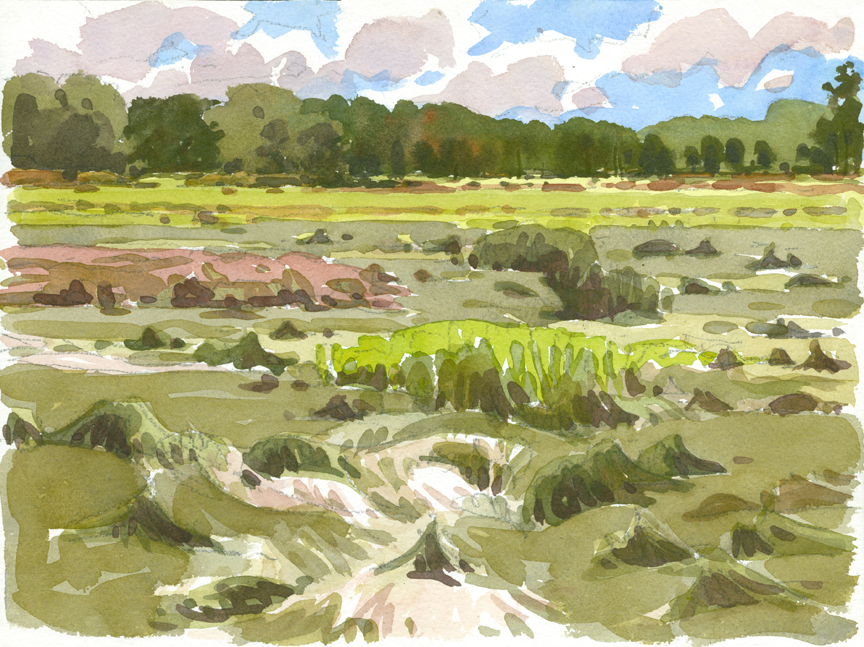
Rough Meadows – a clear, dry day in autumn makes for strong shadows and crisp edges. On a day like this, even the distant tree line is quite dark, and stands out in relief.
In all of these examples I have deliberately used artistic concepts to help me arrive at a specific mood or feeling, or to express a particular hour, season or weather condition. As an artist, YOU are in command of your picture, and you should take full advantage of these tools to get your message across. By thinking ahead about what type of mood you wish to convey, and using these artistic concepts to support your intentions, you may find the mood of a painting not so elusive!


